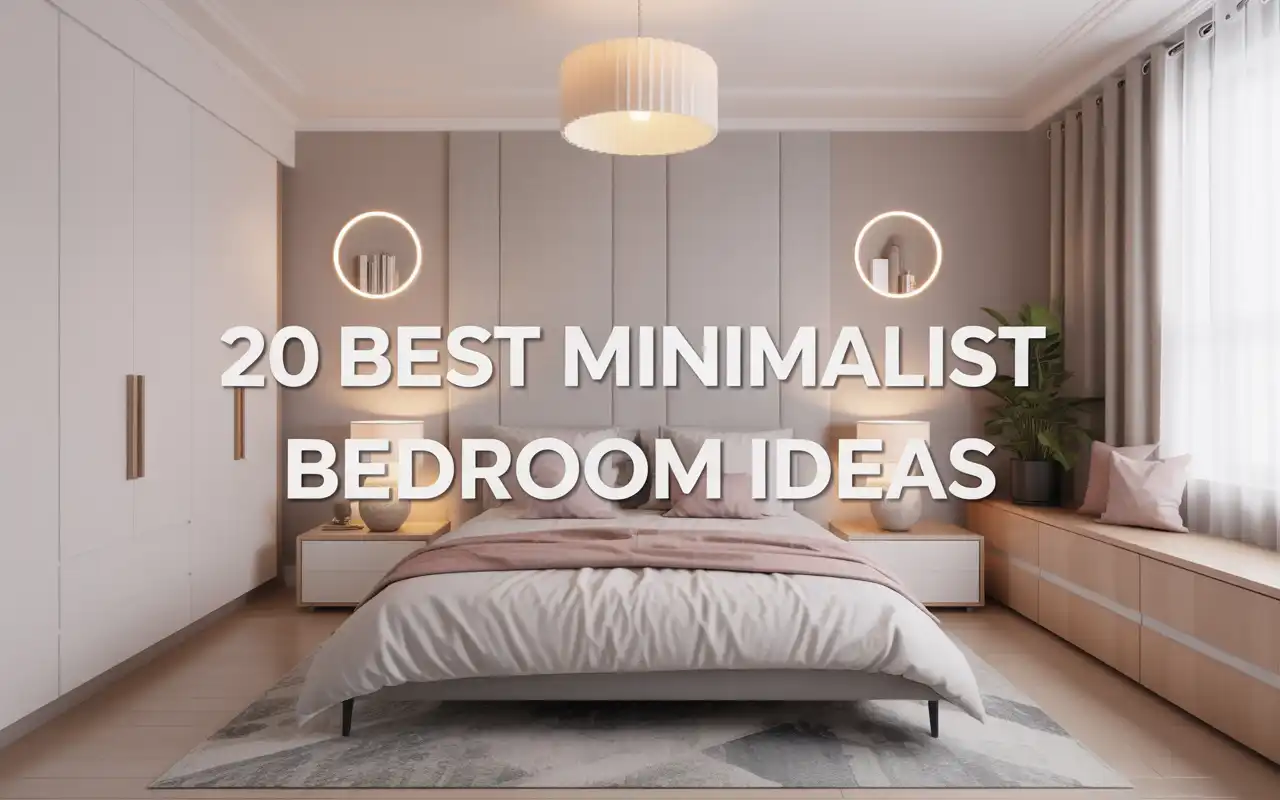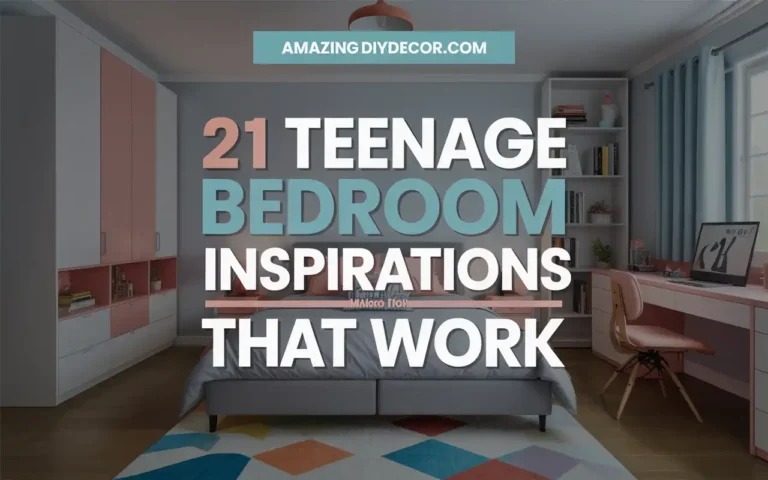20 Minimalist Bedroom Ideas for a Serene Space
Welcome to the world of minimalist bedroom ideas, where less is truly more. Minimalism is not just a design trend, but a way of life that promotes simplicity, organization, and functionality. A minimalist bedroom is a peaceful and clutter-free space that allows you to relax and unwind without distractions. In this article, we will explore 20 of the best minimalist bedroom ideas that will inspire you to create a serene and stylish space.
Table of Contents
Monochromatic color scheme:
A monochromatic color scheme is a cornerstone of minimalist design, creating a cohesive and calming atmosphere. This approach involves using different tones, shades, and tints of a single color to build depth and interest without overwhelming the senses. Whites, grays, and beiges are popular choices because they evoke a sense of clean simplicity and make the room feel more spacious and airy.
For example, you could pair soft gray walls with a slightly darker gray bedspread and light gray curtains. This subtle variation keeps the room from feeling flat while maintaining a unified and serene look. A monochromatic palette simplifies decision-making and ensures that every element in the room harmonizes, which is essential for achieving a truly restful environment.
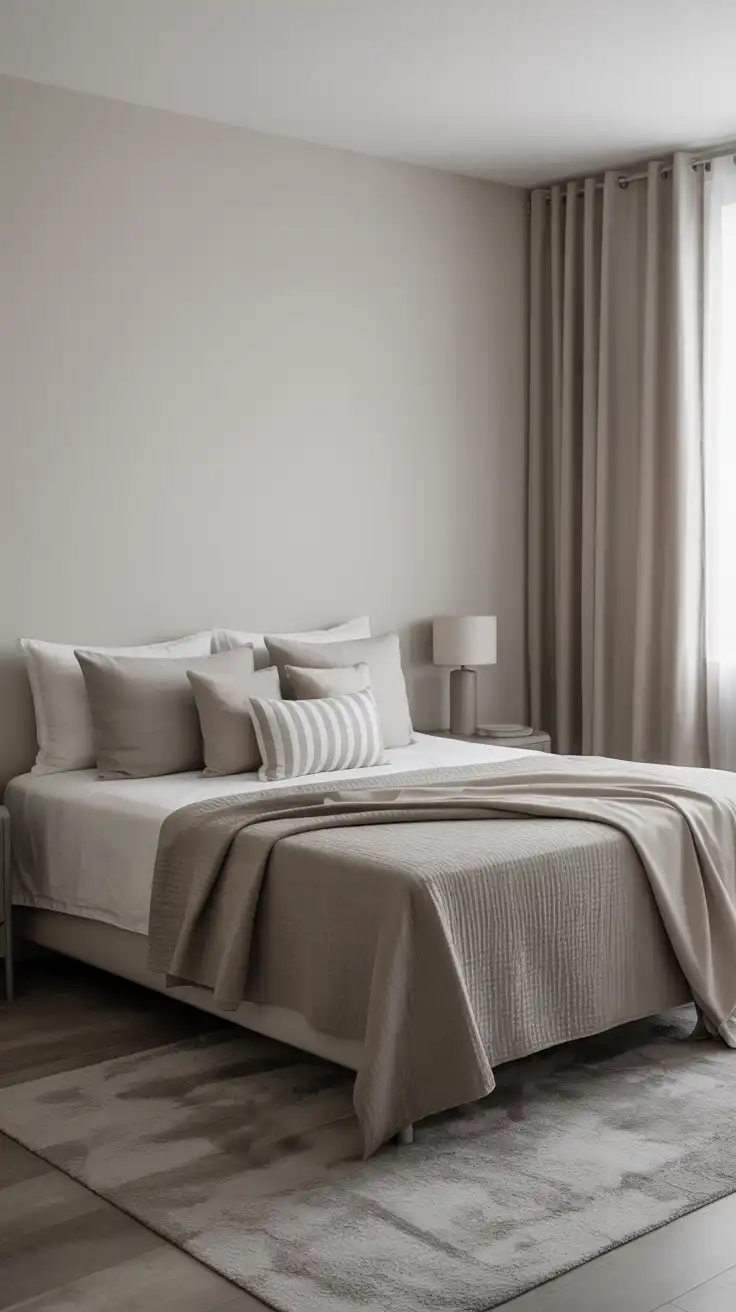
Platform bed:
A platform bed is a perfect fit for a minimalist bedroom due to its clean lines and low-profile design. Unlike traditional bed frames with bulky headboards and footboards, platform beds have a simple, solid base that supports the mattress directly. This streamlined silhouette creates an uncluttered look and enhances the feeling of spaciousness in the room.
Many platform beds are made from natural materials like wood or metal, which adds a touch of organic texture and warmth without adding visual noise. Their low height also contributes to a more open and grounded feeling, making the room appear larger and more inviting. Choosing a platform bed is an easy way to establish a minimalist foundation for your bedroom, setting the stage for a calm and organized space.
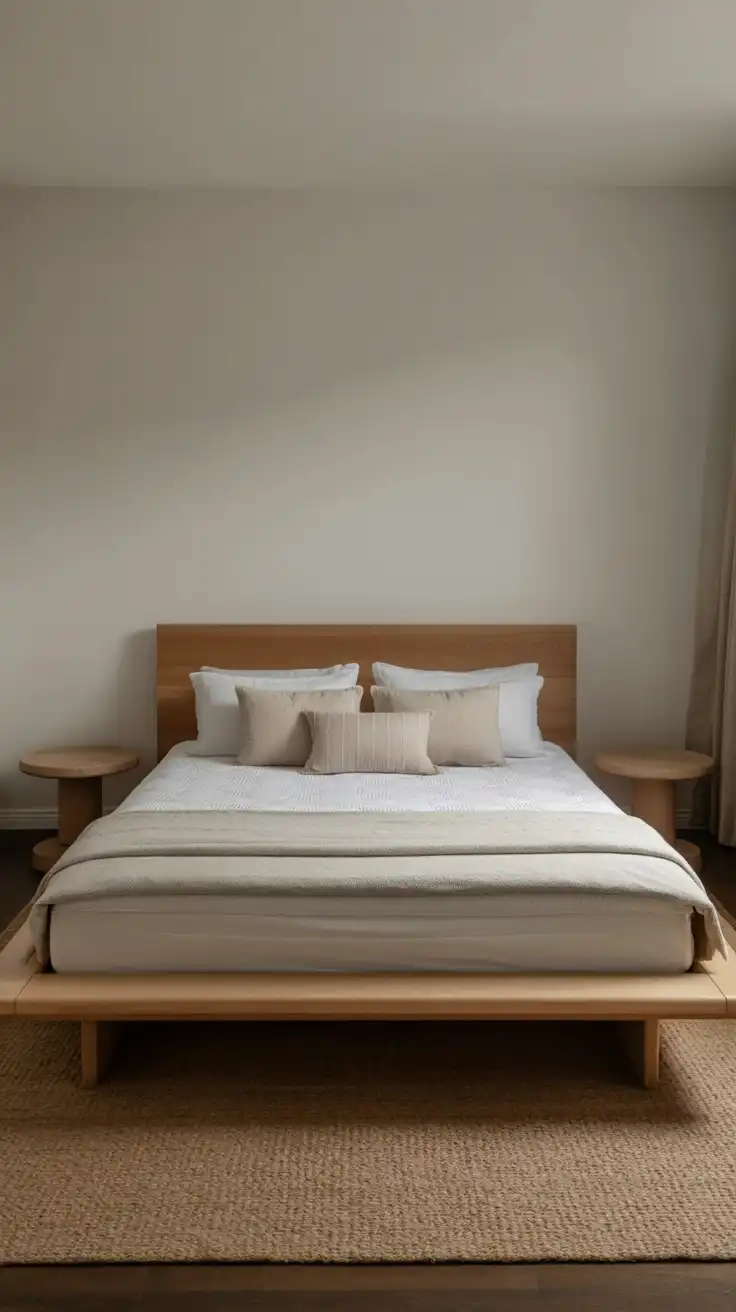
Wall-mounted bedside tables:
Wall-mounted bedside tables, also known as floating nightstands, are a brilliant choice for maximizing floor space and achieving a clean, minimalist aesthetic. By mounting these tables to the wall, you eliminate the legs and base that traditional nightstands have, creating an open and airy feel. This design trick makes the room appear larger and simplifies cleaning, as there are no furniture legs to navigate around.
Floating nightstands provide just enough surface area for your essentials—like a lamp, a book, and a glass of water—without encouraging clutter. They often feature a simple drawer or shelf for discreet storage, helping you keep your bedside tidy. Their sleek, modern look integrates seamlessly into a minimalist decor, contributing to a sense of weightlessness and tranquility in your bedroom.
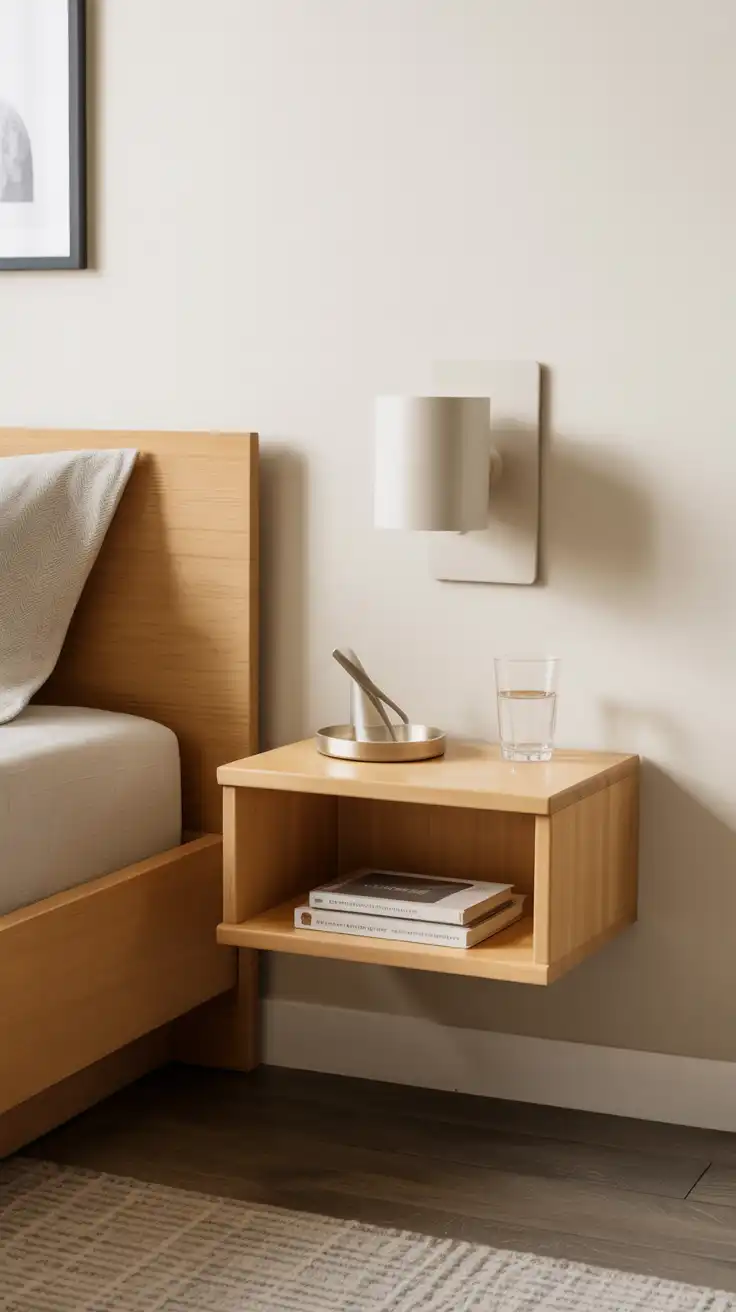
Floor-to-ceiling curtains:
Floor-to-ceiling curtains are a powerful design element in a minimalist bedroom, adding a touch of elegance and creating the illusion of height. By mounting the curtain rod close to the ceiling and letting the fabric drape all the way to the floor, you draw the eye upward, making the room feel taller and more grand. Opt for curtains in a light, neutral color and a simple, unpatterned fabric like linen or sheer cotton to maintain a clean and airy aesthetic.
This choice allows natural light to filter through, brightening the space while still providing privacy. The long, clean vertical lines of the curtains contribute to the uncluttered feel of the room, reinforcing the minimalist principles of simplicity and intentionality. It’s a simple change that can have a dramatic impact on the overall sense of space and sophistication.
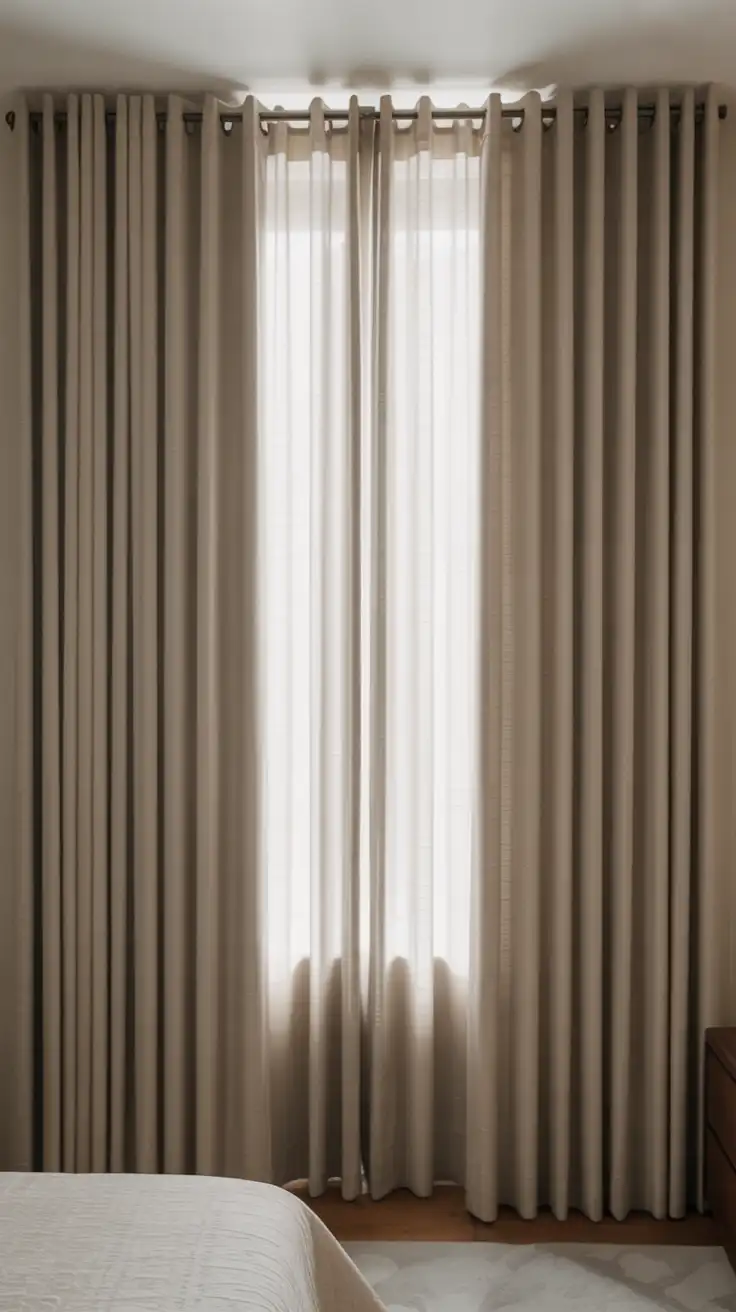
Minimalist gallery wall:
A gallery wall might seem counterintuitive in a minimalist bedroom, but when done correctly, it can add personality without creating clutter. The key is to be highly selective and intentional with your artwork. Choose a small, curated collection of pieces that share a cohesive theme, color palette, or style. Use identical, simple frames—such as thin black, white, or natural wood frames—to create a unified look.
Arrange them in a neat, geometric layout, like a straight line or a grid, to maintain a sense of order. The negative space around each frame is just as important as the art itself, so be sure to leave plenty of breathing room. A minimalist gallery wall can serve as a beautiful focal point that expresses your personal style while adhering to the principles of simplicity and organization.
Statement lighting:
In a minimalist bedroom, every item should be both functional and beautiful, and lighting is no exception. A statement light fixture can serve as a striking focal point, adding a sculptural element to the room without adding clutter. Instead of multiple small lamps, consider a single, dramatic piece like a modern chandelier, a unique pendant light, or an elegant floor lamp with a clean, architectural design.
Choose a fixture with a simple silhouette and materials that complement your decor, such as matte black metal, brass, or natural wood. The right statement light can elevate the entire space, providing necessary illumination while also acting as a piece of art. It’s a perfect example of how minimalism focuses on quality over quantity, using one impactful piece to define the room’s character.
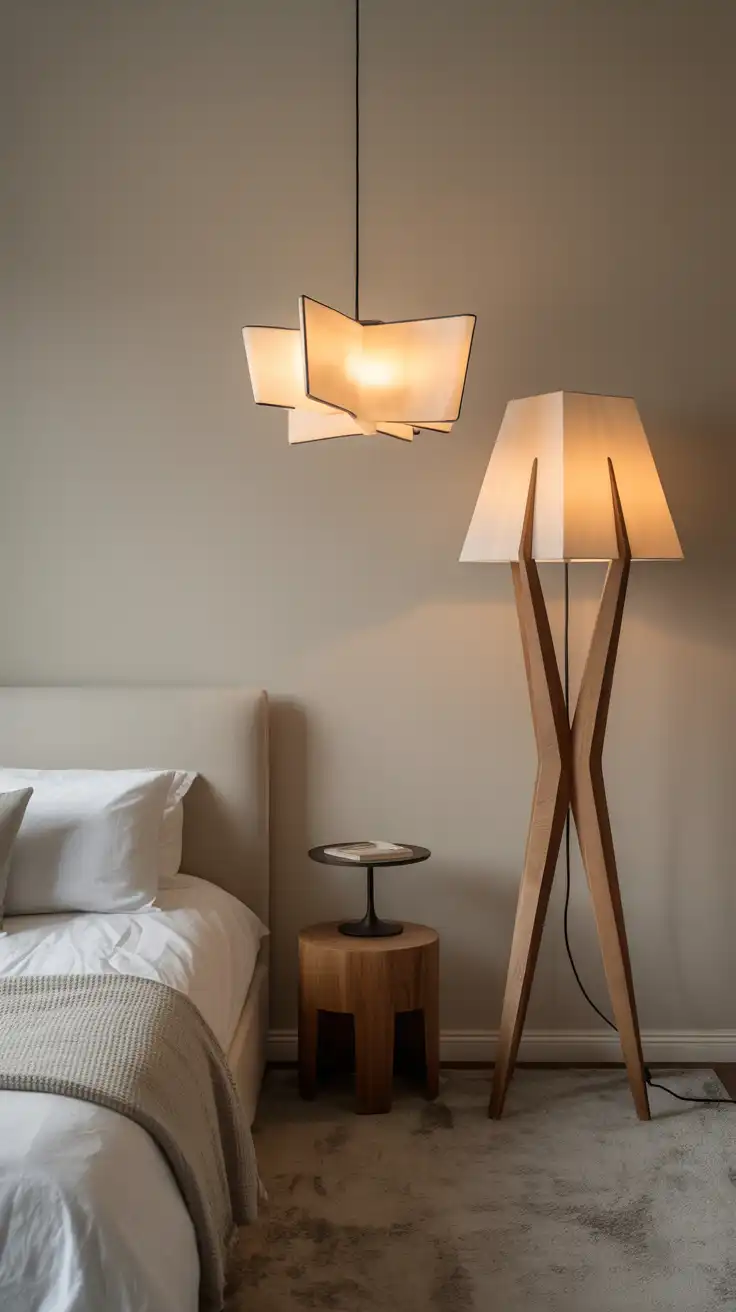
Textured bedding:
While minimalism often emphasizes simplicity, it doesn’t have to be boring. Introducing a variety of textures is a great way to add depth, warmth, and visual interest to your bedroom without relying on busy patterns or bright colors. Focus on your bedding, as it’s the largest soft surface in the room. Layer different materials like a chunky knit throw, a soft linen duvet cover, and smooth cotton sheets.
The interplay of these textures creates a cozy and inviting feel that begs you to relax. A waffle-weave blanket or a faux fur pillow can also add a touch of luxury and comfort. Sticking to a neutral, monochromatic color palette allows the textures to take center stage, proving that a minimalist space can be both simple and richly detailed.
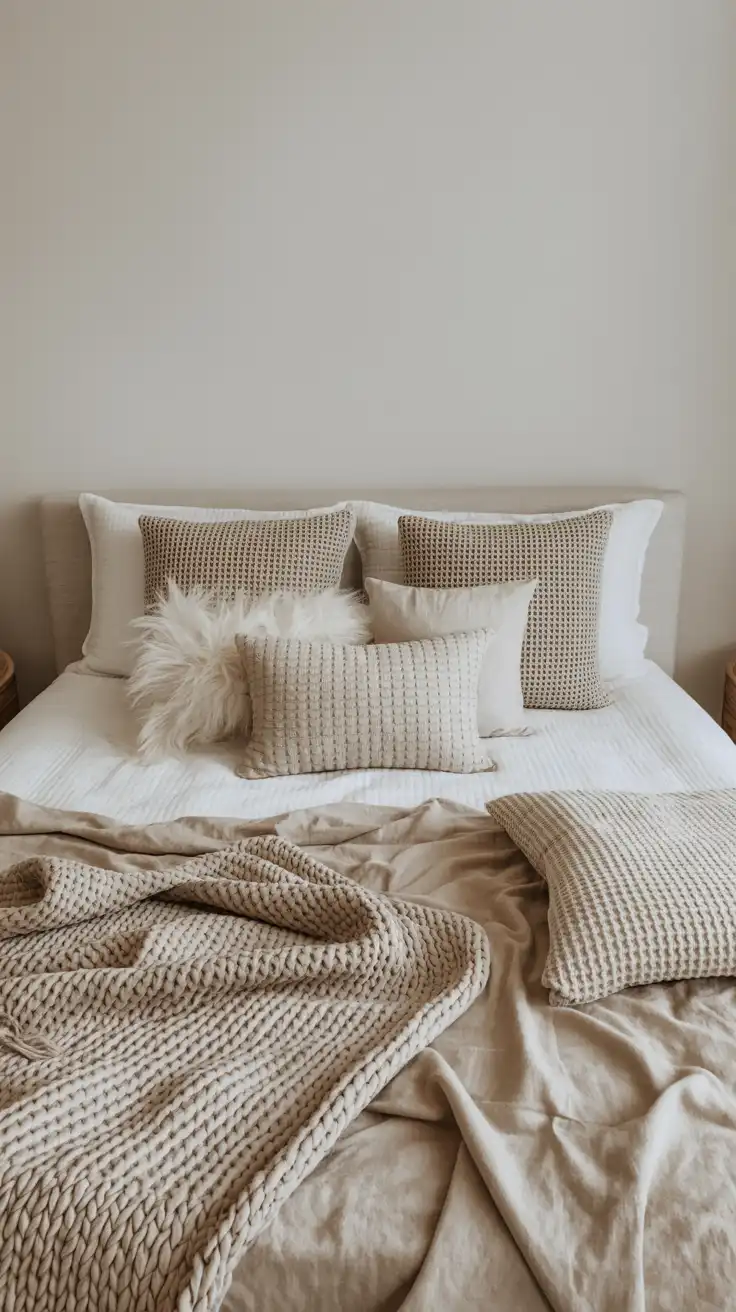
Mirrors:
Mirrors are a minimalist’s best friend. They are highly functional and have the remarkable ability to transform a space. A large, strategically placed mirror can make a small bedroom feel significantly larger and brighter by reflecting natural and artificial light. For a truly minimalist look, choose a mirror with a simple, frameless design or a very thin, unobtrusive frame in a neutral color like black or metallic.
You can lean a full-length mirror against a wall for a casual, modern feel, or mount a large round or rectangular mirror above a dresser to create a functional and stylish focal point. By amplifying light and creating a sense of openness, mirrors enhance the serene and airy atmosphere that is central to minimalist design.
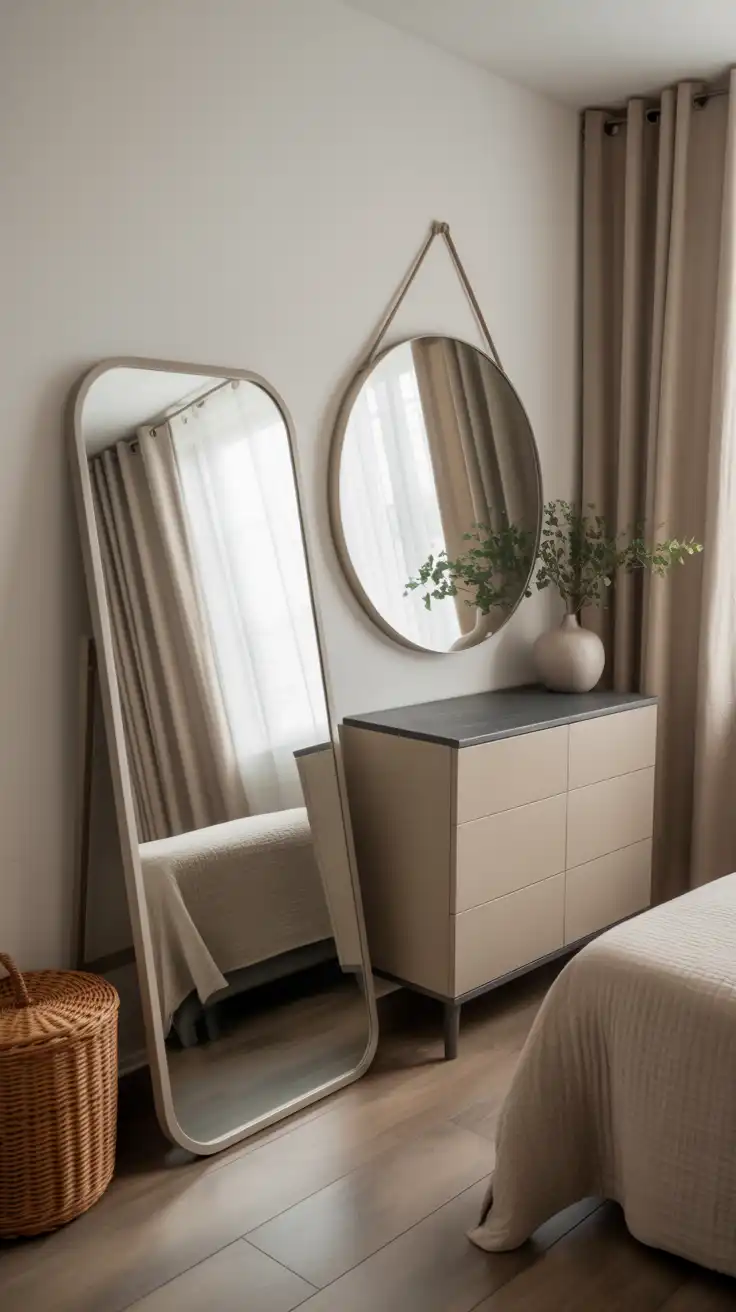
Statement headboard:
A statement headboard can serve as the primary decorative element in a minimalist bedroom, providing a strong focal point without the need for additional wall art. Choose a headboard with a clean, simple design but an interesting shape, material, or texture.
For example, a tall, upholstered headboard in a neutral fabric like linen or boucle can add softness and a touch of luxury. A headboard made from natural wood with a beautiful grain can bring warmth and an organic feel to the space. Alternatively, a sleek, low-profile metal headboard can offer a more modern, industrial vibe. The key is to select a piece that is visually impactful on its own, allowing you to keep the rest of the room’s decor sparse and uncluttered.
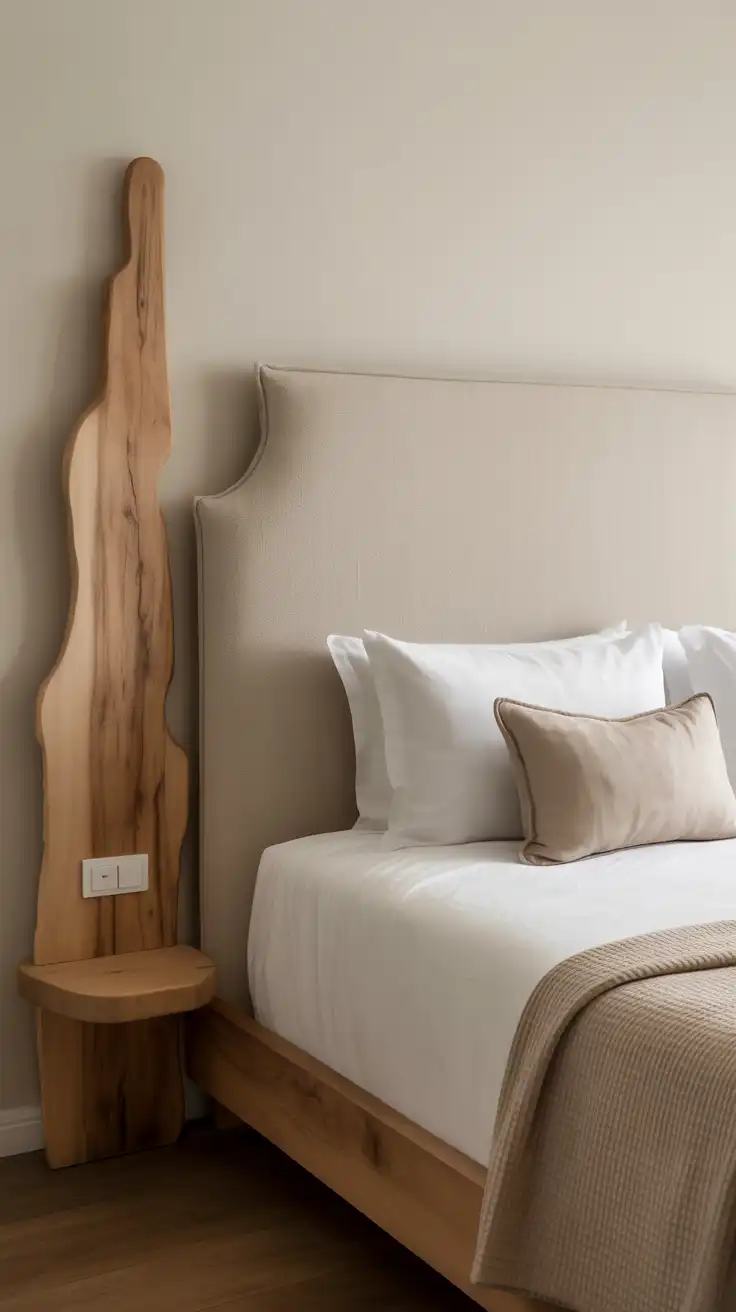
Hidden storage:
Clutter is the enemy of minimalism, which makes smart, hidden storage solutions essential for a serene bedroom. The goal is to keep your belongings organized and out of sight, maintaining a clean and orderly environment. Look for furniture that serves a dual purpose, such as a platform bed with built-in drawers underneath or an ottoman with a hollow interior for storing extra blankets or pillows.
A sleek, modern dresser with handleless drawers can blend seamlessly into the wall, providing ample storage without drawing attention. Built-in closets with simple, flat-panel doors are another excellent way to conceal clothing and other items. By integrating storage into the architecture and furniture of the room, you can maintain a clutter-free space that feels calm and peaceful.
Simple artwork:
In a minimalist bedroom, a single piece of simple, impactful artwork can speak volumes. Instead of filling your walls with multiple pictures, choose one large-scale piece that resonates with you and complements the room’s calm aesthetic. Abstract art with a limited color palette, a black-and-white photograph, or a line drawing are all excellent choices.
The artwork should enhance the serene atmosphere, not dominate it. Place it in a prominent location, such as above the bed or on a large, empty wall, to create a clear focal point. Use a simple, high-quality frame that doesn’t compete with the art itself. This intentional approach to decoration adds a personal touch and a layer of sophistication to your space while staying true to minimalist principles.
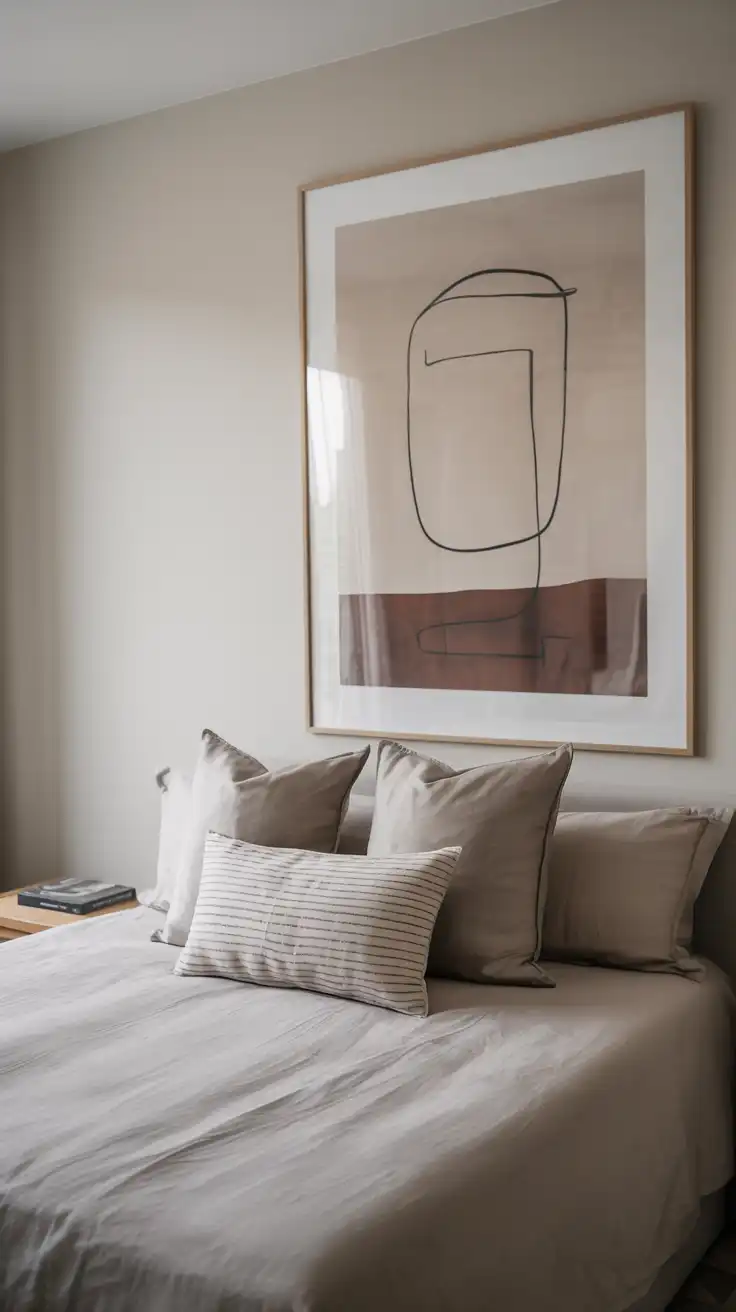
Wall-mounted shelves:
Similar to wall-mounted bedside tables, floating shelves are a fantastic storage solution for a minimalist bedroom. They offer a place to display a few carefully chosen decorative items without taking up any floor space. This creates a light, airy feel and makes the room appear larger.
Use them to hold a small stack of books, a single potted plant, or a couple of cherished objects. The key is to resist the urge to clutter them. Keep the display sparse and intentional, allowing for plenty of negative space around each item. Choose simple, clean-lined shelves in a material that matches your decor, such as natural wood for warmth or white for a seamless look against a white wall.
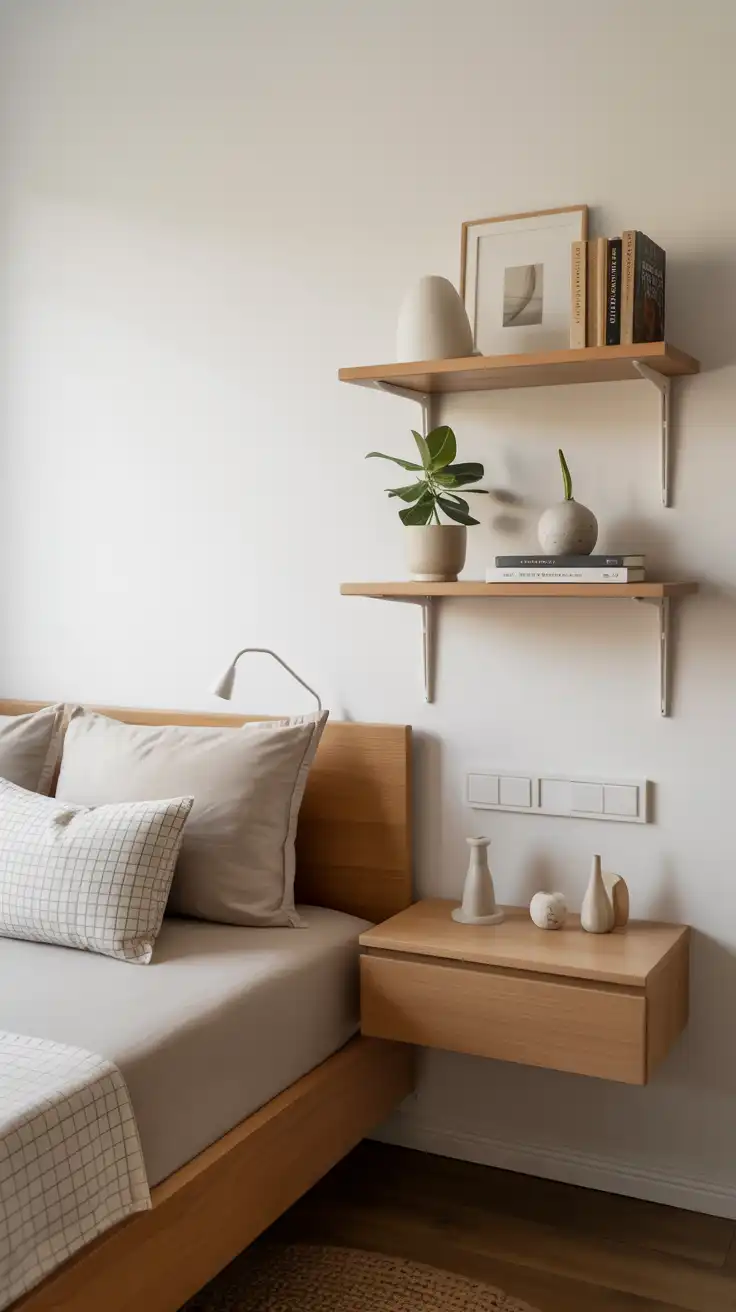
Low-profile furniture:
Low-profile furniture is a hallmark of minimalist and modern design, contributing to a sense of openness and tranquility in a bedroom. Pieces that sit closer to the ground, such as a low platform bed, a simple bench at the foot of the bed, or a sleek, long dresser, help to make the ceiling feel higher and the room more spacious. This style of furniture has a grounded, stable presence that can make a room feel more calming.
The clean, horizontal lines of low-profile pieces enhance the uncluttered aesthetic and draw the eye across the room, creating a feeling of flow and continuity. By choosing furniture that doesn’t dominate the space vertically, you can achieve a more relaxed and breathable environment.
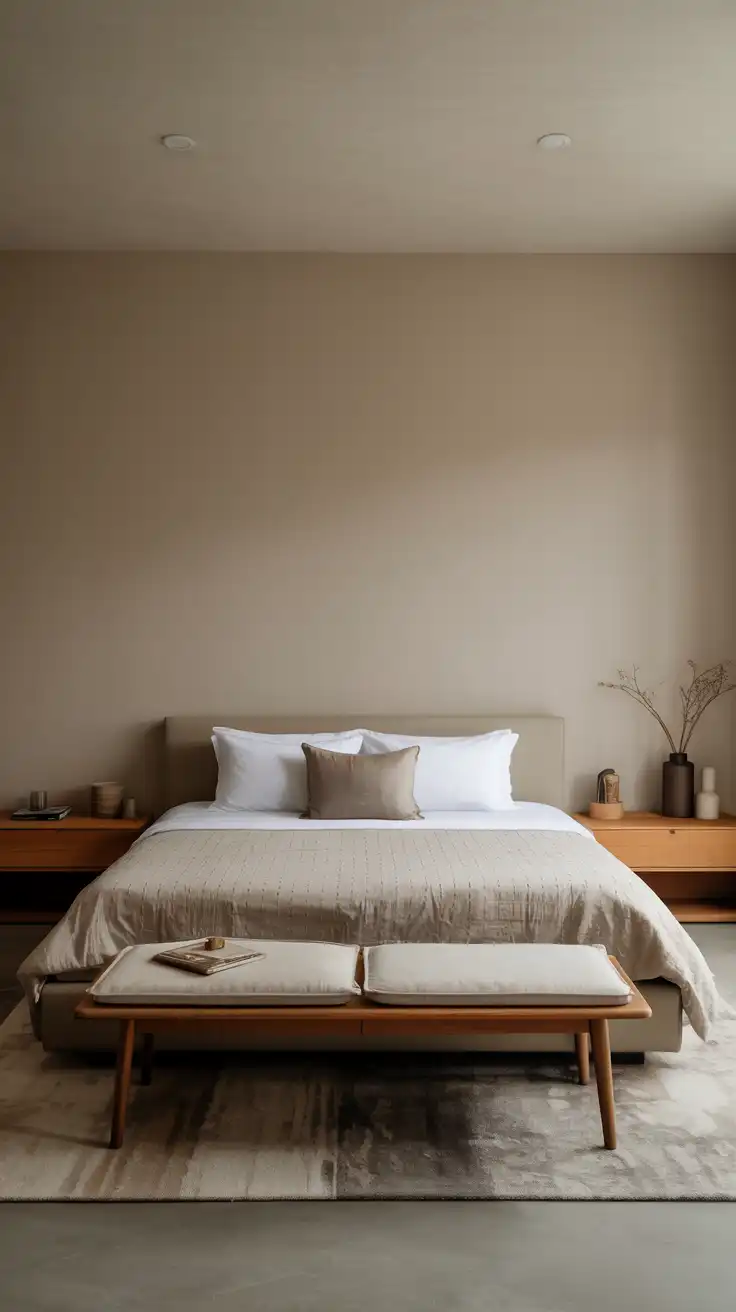
Textured rugs:
A textured rug is an excellent way to add warmth, comfort, and dimension to a minimalist bedroom floor. While the walls and furniture might be simple and unadorned, a rug can introduce a layer of softness and tactile interest. Choose a rug in a neutral color that complements your monochromatic scheme, such as ivory, gray, or beige. Focus on the texture—
a high-pile shag rug, a natural fiber rug like jute or sisal, or a wool rug with a subtle woven pattern can all add depth and coziness. Placing a large rug under the bed can help to anchor the space and define the sleeping area, making the room feel more cohesive and inviting. It’s a simple addition that makes a big impact on the overall comfort and feel of the room.
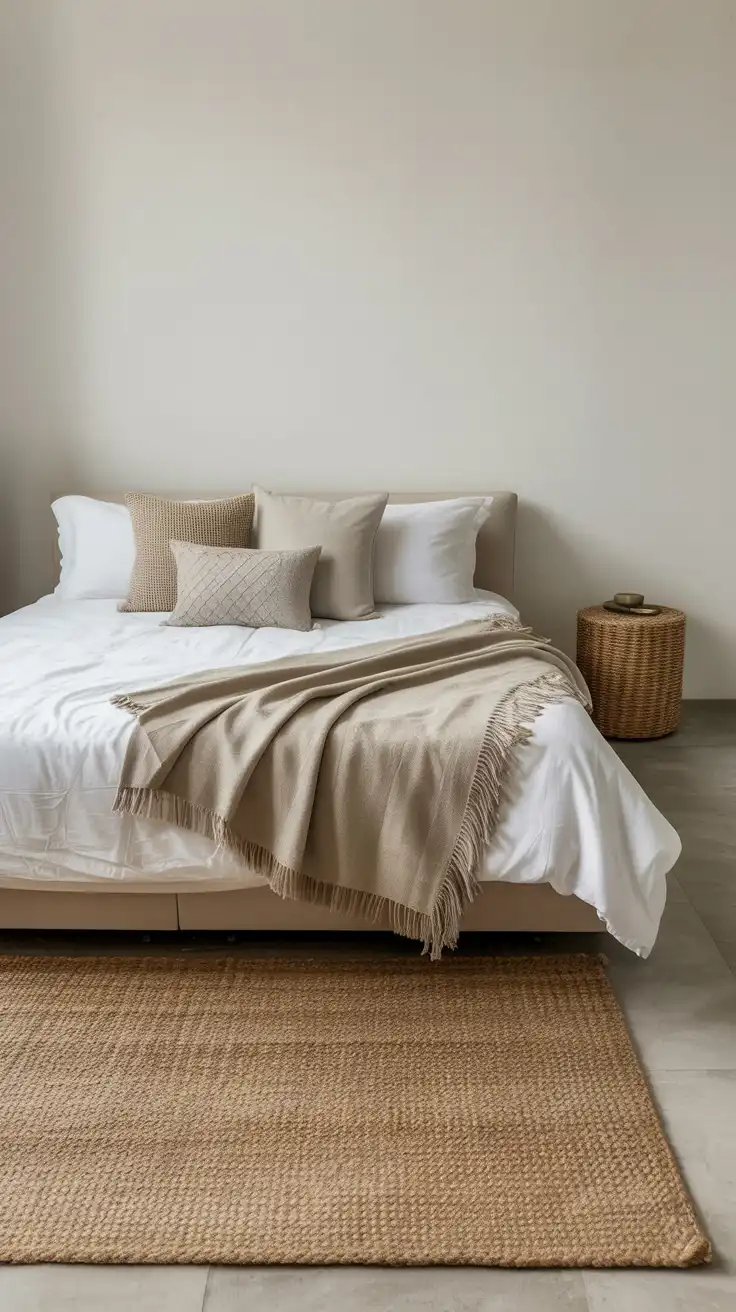
Simple window treatments:
Window treatments in a minimalist bedroom should be simple, functional, and unobtrusive. The goal is to allow as much natural light as possible while still providing privacy. Sheer, gauzy curtains in a light, neutral color are a great option, as they diffuse sunlight beautifully and add a soft, ethereal quality to the room.
If you need more light control, consider simple roller shades or blinds in a color that matches the walls, allowing them to blend in seamlessly when not in use. Avoid heavy drapes, elaborate valances, and busy patterns, as these can create visual clutter. The clean lines of simple window treatments will reinforce the uncluttered aesthetic of your space.
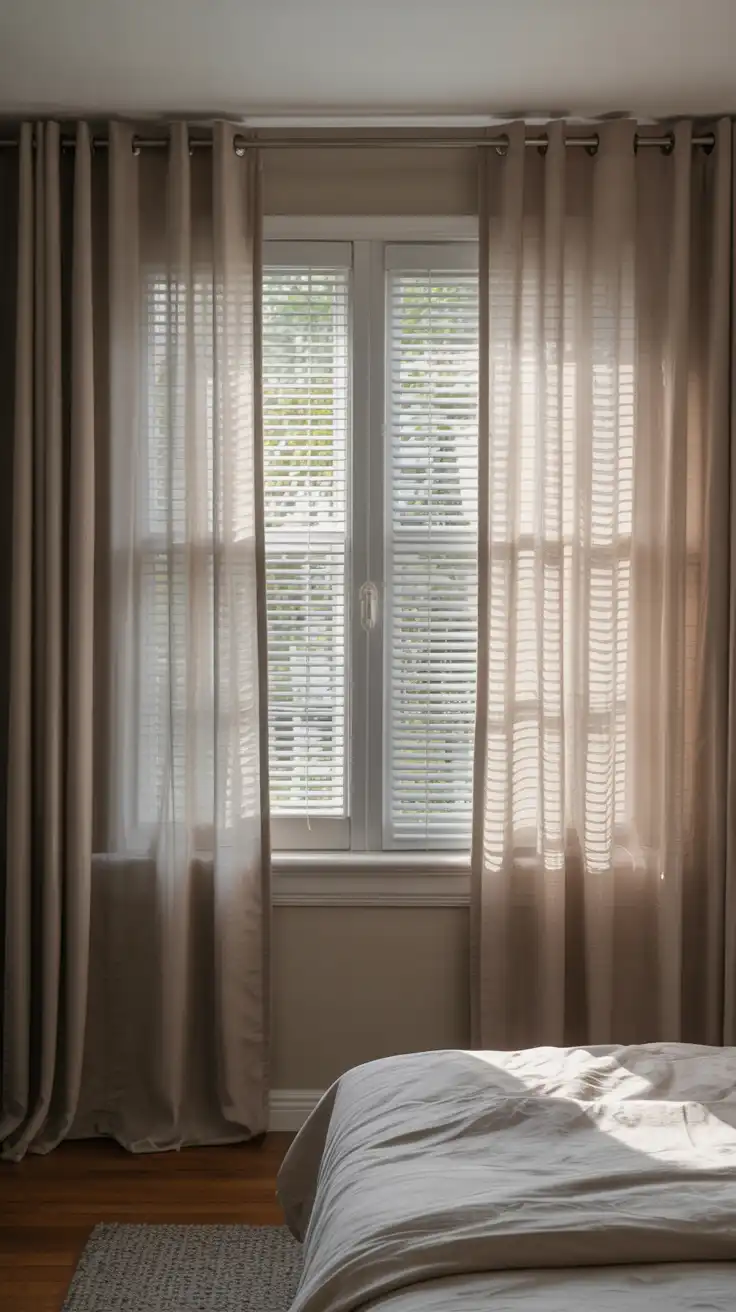
Multi-functional furniture:
Multi-functional furniture is a smart and practical choice for any minimalist space, especially smaller bedrooms. Each piece serves more than one purpose, reducing the total number of items needed in the room and thus minimizing clutter. A storage ottoman can provide seating and a place to store extra linens.
A desk can double as a vanity or a bedside table. A bench at the foot of the bed can be a spot to sit while putting on shoes and a place to lay out your clothes for the next day. By choosing furniture that works harder, you can keep your room open and uncluttered while still having all the functionality you need. This approach embodies the minimalist ethos of efficiency and purpose-driven design.
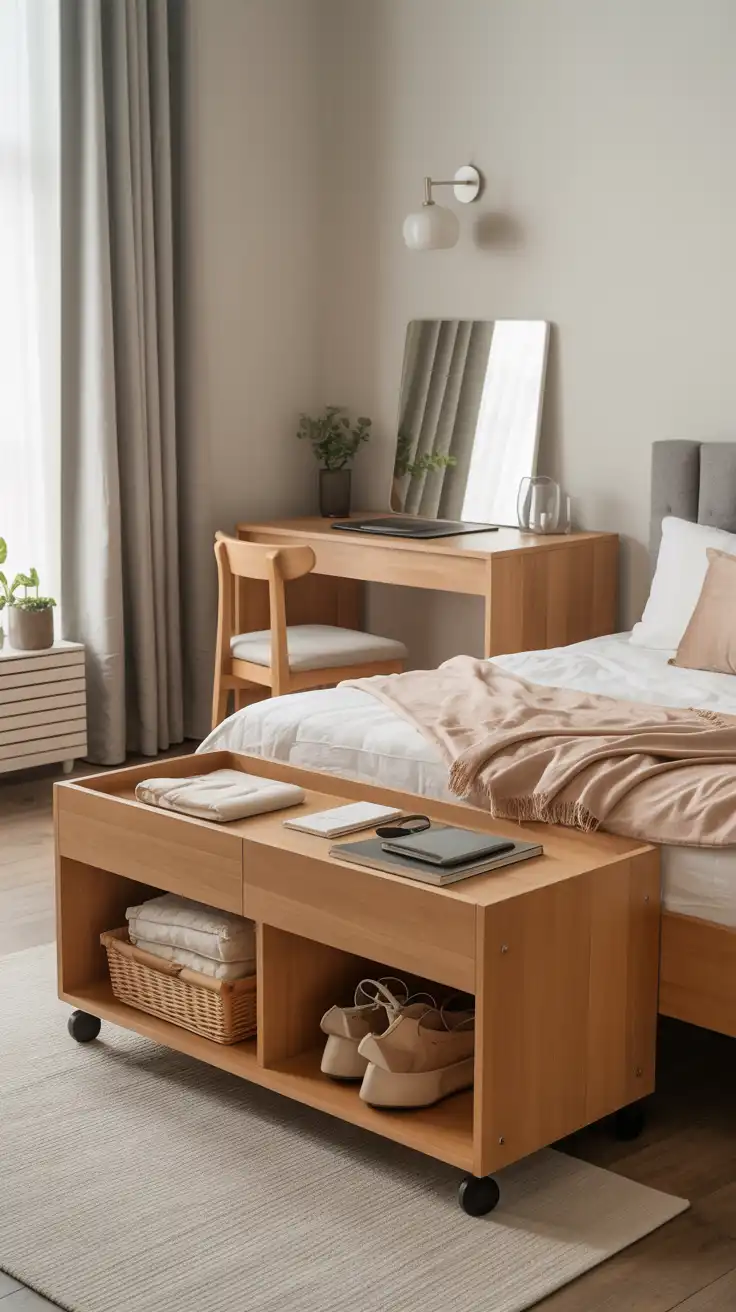
Minimalist workspace:
If you need a workspace in your bedroom, it’s important to keep it as simple and integrated as possible to maintain a restful atmosphere. Opt for a slim, floating desk mounted to the wall to save floor space and create a clean look. Choose a minimalist chair with a simple design that can be tucked away neatly under the desk.
Keep your work supplies to a minimum and use sleek, simple organizers to store them. A wall-mounted shelf above the desk can hold a few essential items without adding clutter. The goal is to create a functional work area that doesn’t visually dominate the room or detract from its primary purpose as a place for rest and relaxation.
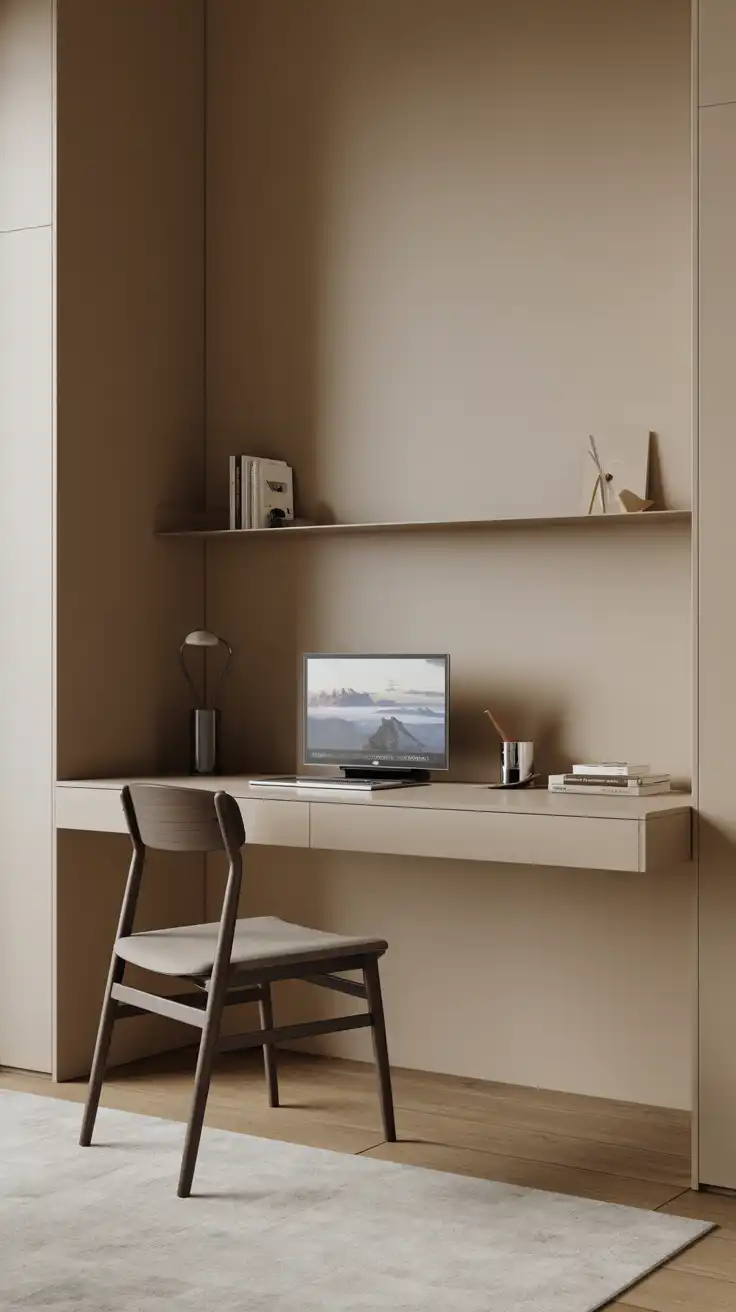
Limited decor:
In a minimalist bedroom, less is truly more when it comes to decor. The focus is on intentionality, so every decorative item should be chosen with care and have a purpose or special meaning. Instead of filling every surface with knick-knacks, select just a few high-quality pieces to display.
A beautiful vase with a single stem, a small potted plant to bring in a touch of nature, or a couple of your favorite books can add personality without creating clutter. The empty space around these objects is just as important as the objects themselves, as it allows them to stand out and be appreciated. By being highly selective with your decor, you can create a space that feels personal, thoughtful, and serene.
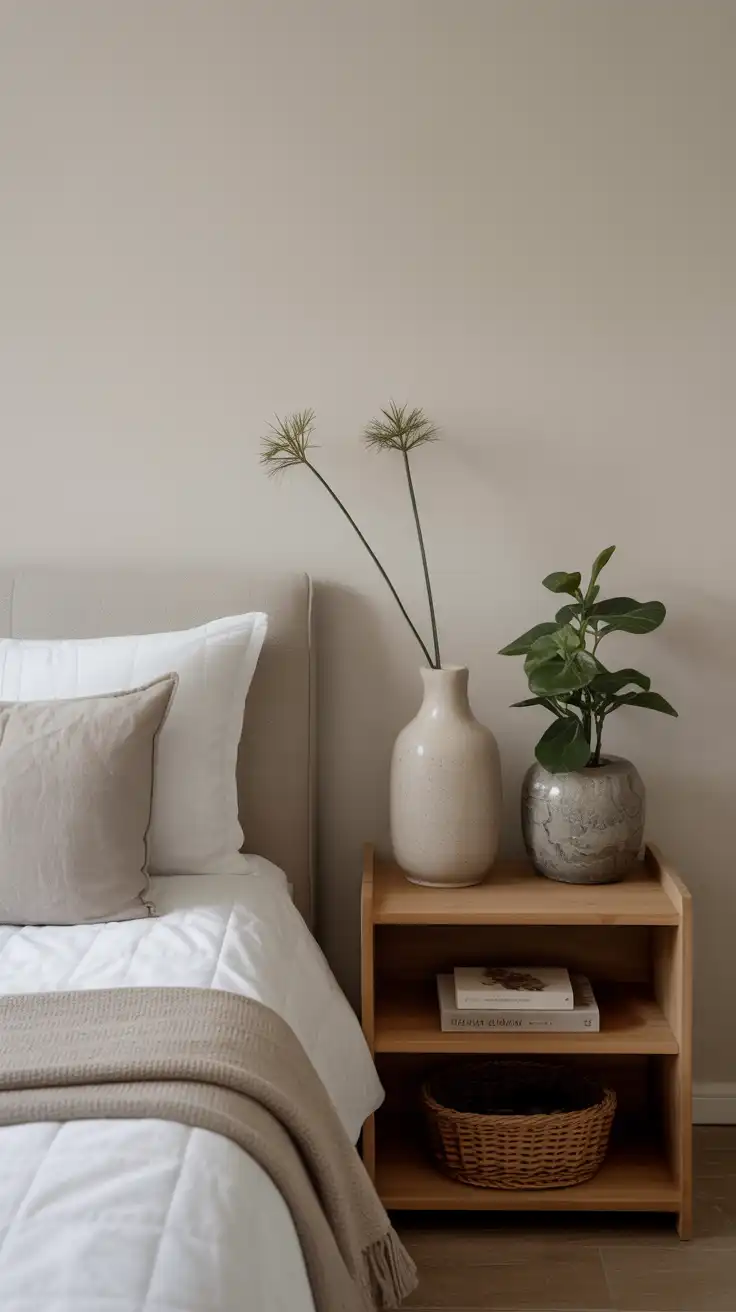
Simple bedding:
Your bed is the focal point of your bedroom, so your bedding choices are crucial for setting a minimalist tone. Opt for high-quality, solid-colored bedding in a neutral palette of white, gray, beige, or soft pastels. Simple, clean lines are key, so avoid ruffles, elaborate embroidery, and busy patterns. Natural fabrics like linen, cotton, or bamboo are excellent choices, as they offer both comfort and a simple, organic texture.
Layering a few pieces, such as a simple duvet cover, a couple of sleeping pillows, and perhaps a single decorative cushion or a neatly folded throw, can create a look that is both inviting and uncluttered. The result is a bed that looks like a calm and peaceful retreat.
Open shelving:
While hidden storage is key, a small amount of open shelving can be used to display a few curated items and add a touch of personality to your minimalist bedroom. The trick is to treat the shelves as a display area, not a storage dump. Arrange a few books, a small piece of art, and a plant with plenty of space around each item.
This creates a look that is light and intentional. A ladder shelf is a great option, as its open design feels airy and modern. By carefully curating what you place on your open shelves, you can add a personal touch to your room while maintaining a clean, organized, and peaceful environment.
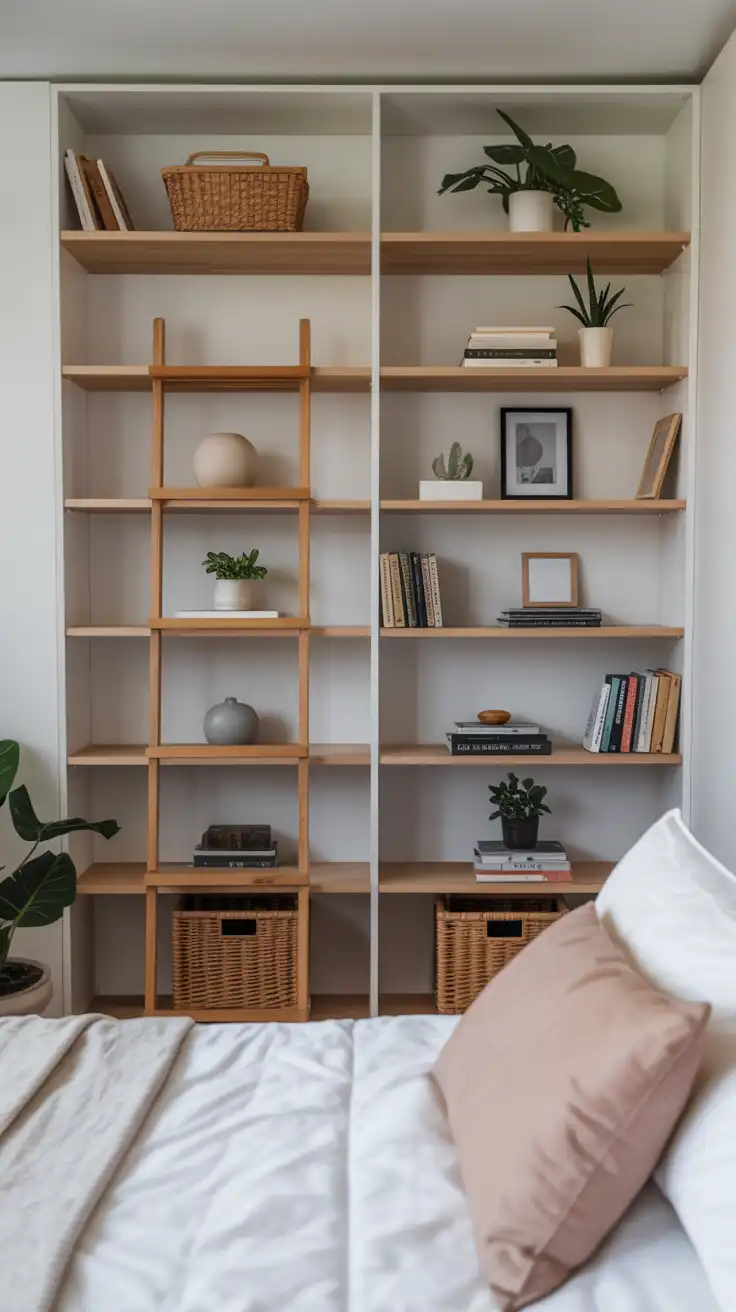
Create Your Calm Oasis
Building a minimalist bedroom is a journey in simplifying and curating a space that truly promotes rest and tranquility. By focusing on clean lines, a neutral color palette, and multi-functional pieces, you can transform your room from a cluttered space into a peaceful sanctuary. Remember that minimalism is not about deprivation; it’s about making intentional choices that enhance your life.
Start with one or two of these ideas and see how they change the feel of your room. Whether you opt for a platform bed to ground your space or floor-to-ceiling curtains to add a touch of elegance, each small change can bring you closer to the serene bedroom you deserve. The goal is to create a personal haven that helps you disconnect from the noise of the outside world and reconnect with yourself.
Conclusion
Creating a minimalist bedroom can help promote a sense of calm and relaxation, making it the perfect space for rest and rejuvenation. By following these tips and incorporating some of the 20 best minimalist bedroom ideas, you can create a serene and clutter-free space that you’ll love coming home to.
